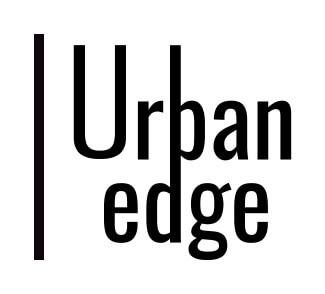In recent years, the Aeries Steele Leak has become a topic of significant discussion and concern within the cybersecurity community. This incident has shed light on the importance of maintaining robust data security measures and the potential risks associated with inadequate protection of sensitive information. In this comprehensive article, we delve into the intricacies of the Aeries Steele Leak, explore its implications, and provide insights on how individuals and organizations can bolster their cybersecurity defenses to mitigate such risks.
Understanding the Aeries Steele Leak
The Aeries Steele Leak refers to a data breach that involved the exposure of confidential information from the Aeries SIS platform. Aeries SIS, or Student Information System, is widely used by educational institutions to manage student data, including grades, attendance records, and personal details. The leak exposed a vast amount of sensitive information, including student records, financial data, and even employee credentials.
Implications of the Leak
The implications of the Aeries Steele Leak are far-reaching and multifaceted. Some of the key consequences include:
- Risk of Identity Theft: The exposure of personal information puts individuals at risk of identity theft and fraud.
- Breach of Privacy: Student and employee confidentiality may be compromised, leading to concerns about privacy violations.
- Reputational Damage: Educational institutions using Aeries SIS may suffer reputational harm due to perceived lapses in data security.
- Regulatory Compliance: Violations of data protection regulations may have legal ramifications for the organizations involved.
Lessons Learned
The Aeries Steele Leak serves as a stark reminder of the critical importance of prioritizing cybersecurity. Some key lessons that individuals and organizations can glean from this incident include:
- Enhanced Data Encryption: Implement robust data encryption protocols to protect sensitive information.
- Regular Security Audits: Conduct regular security audits to identify vulnerabilities and address them promptly.
- Employee Training: Train staff members on cybersecurity best practices to mitigate the risks of human error.
- Incident Response Plan: Develop a comprehensive incident response plan to effectively manage and contain data breaches.
Strengthening Cybersecurity Defenses
To enhance cybersecurity defenses and prevent incidents like the Aeries Steele Leak, consider implementing the following measures:
1. Multi-Factor Authentication (MFA)
MFA adds an extra layer of security by requiring users to provide multiple forms of verification before accessing sensitive information.
2. Secure Data Backup
Regularly back up critical data to secure locations to prevent loss in the event of a breach or ransomware attack.
3. Network Segmentation
Segmenting networks can help contain breaches and prevent unauthorized access to sensitive information.
4. Patch Management
Keep software and systems up to date with the latest security patches to address known vulnerabilities.
Frequently Asked Questions (FAQs)
1. What caused the Aeries Steele Leak?
The Aeries Steele Leak was reportedly triggered by a vulnerability in the Aeries SIS platform that allowed unauthorized access to sensitive data.
2. How can individuals protect themselves after a data breach?
Individuals should monitor their financial accounts, change passwords, and consider placing a fraud alert on their credit reports to protect themselves post-breach.
3. What legal consequences can organizations face following a data breach?
Organizations may face fines, lawsuits, and reputational damage for failing to adequately protect confidential information in the event of a data breach.
4. How can small businesses improve their cybersecurity posture?
Small businesses can enhance their cybersecurity by implementing firewalls, antivirus software, and employee training programs on cybersecurity best practices.
5. How can I report a suspected data breach?
If you suspect a data breach, you should immediately contact the relevant authorities, such as data protection agencies, and notify affected individuals of the incident.
6. What role does employee education play in preventing data breaches?
Employee education is crucial in preventing data breaches as it helps staff members recognize potential phishing attempts, avoid malicious links, and adhere to security protocols.
7. Does cyber insurance cover losses from data breaches?
Cyber insurance policies typically cover losses associated with data breaches, including legal fees, notification costs, and potential financial damages.
8. What are the long-term implications of a data breach for an organization?
The long-term implications of a data breach may include loss of customer trust, damage to reputation, and financial repercussions due to legal settlements and regulatory fines.
9. How often should organizations conduct security audits?
Organizations should conduct security audits regularly, ideally at least once a year, to identify vulnerabilities, assess risks, and strengthen their cybersecurity posture.
10. What steps should individuals take to secure their online accounts?
Individuals should use strong, unique passwords for each account, enable two-factor authentication where available, and remain vigilant for signs of suspicious activity on their accounts.
In conclusion, the Aeries Steele Leak underscores the critical need for robust cybersecurity measures to safeguard sensitive information and mitigate the risks of data breaches. By learning from this incident, implementing proactive security strategies, and staying informed about evolving cyber threats, individuals and organizations can bolster their defenses and protect their digital assets effectively.



